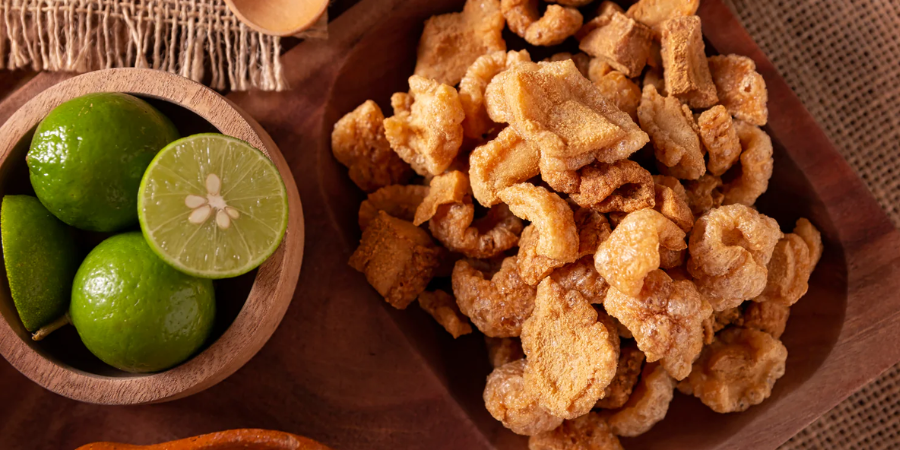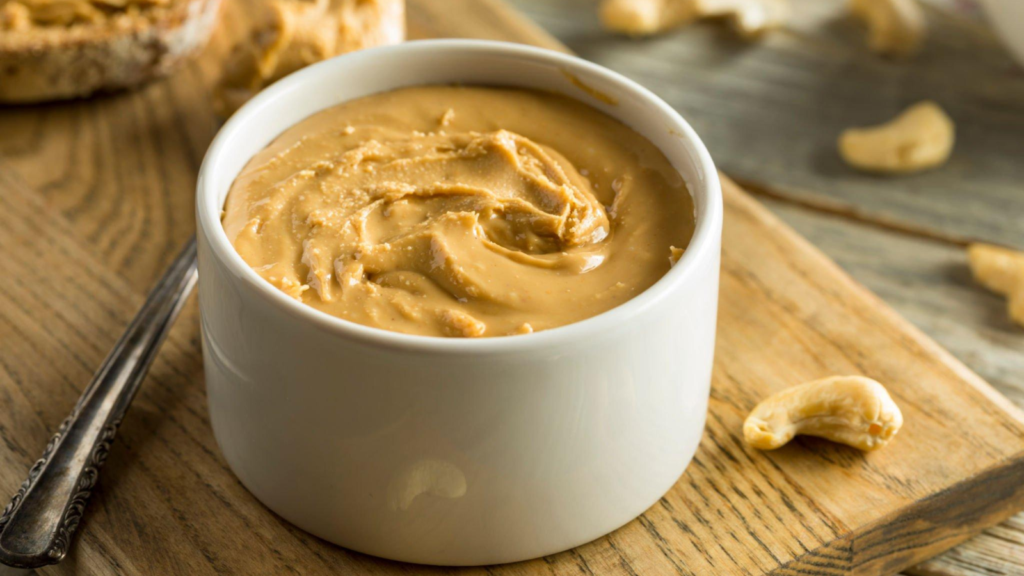Pork rinds, also known as chicharrones, have gained popularity in recent years, especially among those following low-carb and ketogenic diets. But are pork rinds healthy? This question sparks a debate among nutritionists, health enthusiasts, and snack lovers alike. In this article, we will delve into the nutritional profile of pork rinds, their potential health benefits, and drawbacks, and provide you with a balanced view to help you make informed choices.
What Are Pork Rinds?
Pork rinds are made from the skin of pigs that are fried or roasted until they become crispy. They are often seasoned with various spices and can be enjoyed as a snack or used as a crunchy topping for dishes like salads and soups.
Types of Pork Rinds
- Traditional Pork Rinds: Fried in their natural state.
- Baked Pork Rinds: A healthier alternative that is lower in fat.
- Flavored Pork Rinds: Seasoned with spices like barbecue, chili lime, or buffalo.
Nutritional Profile of Pork Rinds
To determine whether pork rinds are healthy, we must first examine their nutritional content. Below is a typical nutritional breakdown for a 1-ounce serving (approximately 28 grams) of traditional pork rinds:
| Nutrient | Amount per 1 oz (28g) |
|---|---|
| Calories | 154 |
| Total Fat | 9g |
| Saturated Fat | 4g |
| Protein | 17g |
| Carbohydrates | 0g |
| Fiber | 0g |
| Sodium | 600mg |
Key Takeaways
- High in Protein: With about 17 grams per serving, pork rinds are an excellent source of protein.
- Zero Carbohydrates: They contain no carbohydrates, making them suitable for low-carb diets.
- Moderate Fat Content: While they are high in fat, most of it is unsaturated.
Health Benefits of Pork Rinds
- High Protein Content: Pork rinds are an excellent source of protein, which is essential for muscle repair and growth. For those on a ketogenic or low-carb diet, they can serve as a satisfying snack that helps meet daily protein needs.
- Low in Carbohydrates: With zero carbs per serving, pork rinds fit perfectly into low-carb and ketogenic diets. This makes them a popular choice for individuals looking to maintain ketosis or manage their weight.
- Rich in Collagen: Pork rinds contain collagen from the skin, which may support skin health and joint function. Collagen is known for its role in maintaining skin elasticity and reducing wrinkles.
- Satiating Snack Option: The combination of protein and fat makes pork rinds a filling snack that can help curb hunger between meals. This can be beneficial for weight management.
Potential Drawbacks
While there are benefits to consuming pork rinds, it’s essential to consider potential drawbacks:
- High Sodium Content: Many commercially available pork rinds are heavily salted. A single serving can contain up to 600 mg of sodium, which may contribute to high blood pressure if consumed excessively.
- High in Saturated Fat: Pork rinds are high in saturated fat, which has been linked to increased cholesterol levels when consumed in large amounts. Moderation is key.
- Lack of Nutrients: Despite being high in protein, pork rinds lack essential nutrients such as vitamins and minerals found in other snacks like nuts or seeds.
- Potential for Overconsumption: Due to their crunchy texture and savory flavor, it’s easy to overindulge in pork rinds, leading to excessive calorie intake.
How to Incorporate Pork Rinds into Your Diet
If you decide to include pork rinds in your diet, here are some creative ways to enjoy them:
Snack Ideas
- Standalone Snack: Enjoy them plain or with your favorite dip (guacamole or salsa).
- Salad Topping: Crush them up and sprinkle on salads for added crunch.
- Coating for Meat: Use crushed pork rinds as a breading substitute for chicken or fish.
Recipe Inspiration
Here’s a quick recipe using pork rinds:
Cheesy Pork Rind Nachos
- Ingredients:
- 2 cups crushed pork rinds
- 1 cup shredded cheese (cheddar or pepper jack)
- Jalapeños (optional)
- Instructions:
- Preheat oven to 350°F (175°C).
- Spread crushed pork rinds on a baking sheet.
- Top with cheese and jalapeños.
- Bake until cheese is melted (about 10 minutes).
Alternatives to Pork Rinds
If you’re looking for alternatives that offer similar crunch without the downsides, consider these options:
| Alternative Snack | Benefits |
|---|---|
| Nuts | High in healthy fats and fiber |
| Seeds | Rich in vitamins and minerals |
| Veggie Chips | Lower in calories and carbs |
| Cheese Crisps | High protein with less fat |
Conclusion: Are Pork Rinds Healthy?
So, are pork rinds healthy? The answer isn’t black and white; it depends on individual dietary needs and preferences.
Summary Points
- Pros: High protein content, zero carbs, satisfying snack.
- Cons: High sodium and saturated fat content; lack of essential nutrients.
In moderation, pork rinds can be part of a balanced diet—especially for those following low-carb lifestyles. However, it’s crucial to be mindful of portion sizes due to their calorie density and sodium levels.
Ultimately, whether you choose to indulge in this crunchy snack should align with your overall health goals and dietary preferences. Enjoy them wisely!


